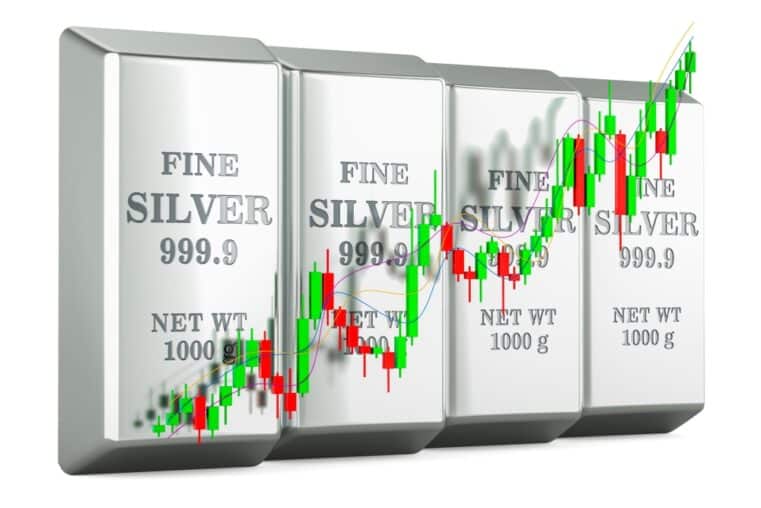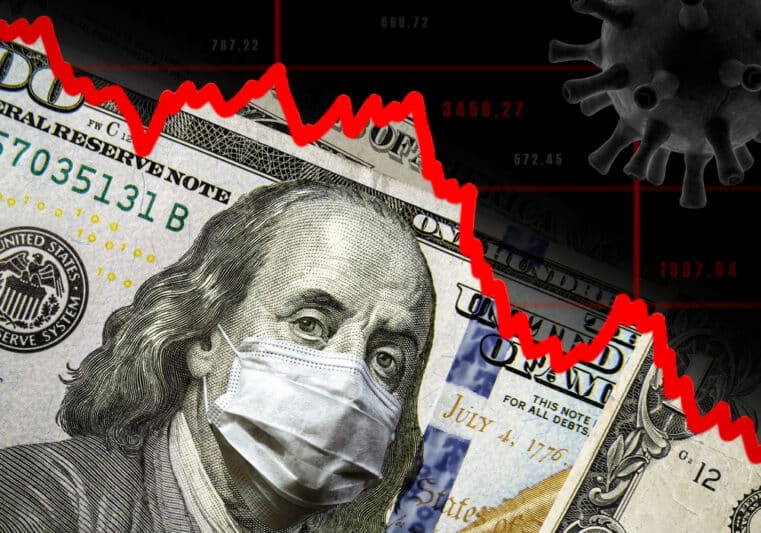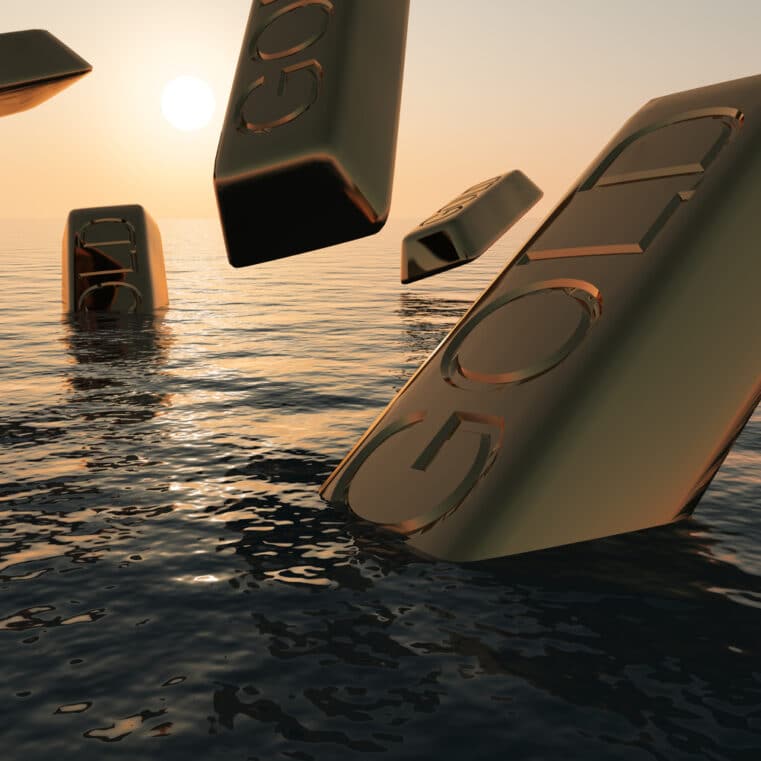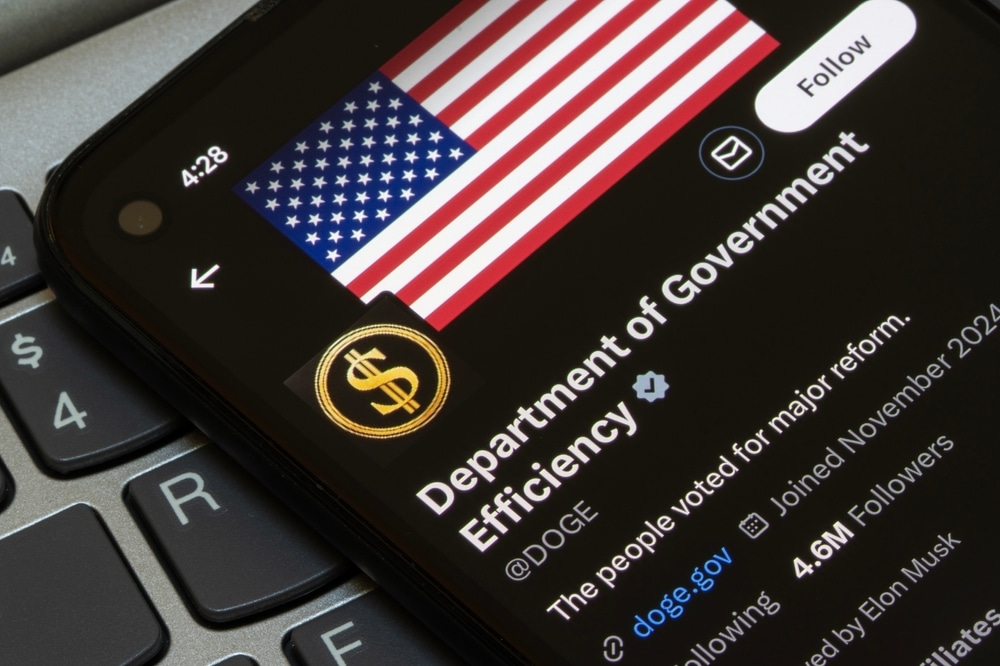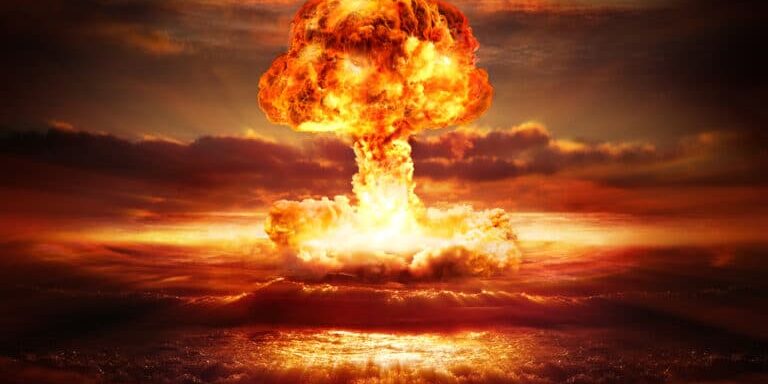
From Clean Energy to Kill Zone: China's Non-Nuclear Hydrogen Bomb Breakthrough
A Non-Nuclear Firestorm: China’s Hydrogen Bomb Changes the Game
In a quiet but explosive announcement, Chinese scientists have successfully detonated a revolutionary non-nuclear hydrogen-based bomb—one that didn’t require uranium, plutonium, or any of the usual radioactive suspects. Instead, it was powered by magnesium hydride—a silvery crystalline powder that once showed promise for clean energy transport. Now? It’s the heart of a new class of weapons with terrifying implications.
The test, conducted by China’s 705 Research Institute—an arm of the China State Shipbuilding Corporation—produced a fireball hotter than 1,800 degrees Fahrenheit and 15 times longer-lasting than a TNT blast of similar size. All from a bomb weighing just 4.4 pounds.
Let that sink in: A non-nuclear, compact device with enduring, wide-spread blast and thermal effects. Cheaper, cleaner, and easier to deploy than a traditional nuke—and terrifyingly easy to scale.
Hydrogen: Not Just for Clean Energy Anymore
Initially, magnesium hydride drew interest for peaceful purposes—energy storage, fuel cells, even spacecraft propulsion. But China’s scientists quickly realized that the same dense hydrogen storage capacity that made MgH₂ attractive for energy also made it a ticking bomb in the right conditions.
What they created is a new kind of firestorm weapon, one that ignites with minimal energy, produces a broad and fast-expanding blast, and can precisely destroy high-value targets without leaving nuclear fallout in its wake.
This isn't theoretical anymore. It’s been tested. And the Chinese are now scaling production to industrial levels.
From Lab to Factory: China’s Industrial-Scale Weaponization
Producing magnesium hydride isn’t simple—it requires high temperatures, high pressure, and extreme safety protocols. A mistake can vaporize an entire facility in seconds. But China, as always, has turned challenge into opportunity.
The Dalian Institute of Chemical Physics has already completed a pilot phase and launched a factory in Shaanxi province designed to produce 150 tons per year of magnesium hydride. That’s no lab experiment—that’s warfighting infrastructure.
And yet in the U.S., our national focus remains locked on TikTok bans and Fed rate speculation. Meanwhile, China is building the logistical backbone for weapons that can decimate targets with the precision of a laser-guided missile and the ferocity of a fuel-air bomb.
Not Just Firepower—Geopolitical Leverage
A weapon like this doesn’t just change battlefields—it shifts the balance of power. Non-nuclear, high-intensity weapons allow states to project force without triggering the nuclear taboo. They blur the lines between conventional and strategic warfare. And most alarmingly, they’re far more exportable.
Think about it: A relatively cheap, scalable explosive that can incinerate urban blocks without crossing the nuclear threshold. How long before Iran, North Korea, or a proxy militia is equipped with this tech?
This is next-gen warfare. And it's being built by a country already working to dismantle U.S. monetary dominance through BRICS, de-dollarization, and gold-backed trade.
The Bigger Picture: Military Development, Economic Decline, and Dollar Dethronement
This is more than just a bomb—it’s part of a pattern. While the United States guts its manufacturing base, offshores supply chains, and degrades its educational system with ideological noise, China is building capability. Whether it's hypersonics, quantum computing, or now hydrogen weaponry, they’re preparing for a multi-dimensional war—economic, digital, and kinetic.
And what are we preparing for? Digital dollars and more surveillance.
While Washington debates how much more money to throw at Lockheed Martin and Raytheon, the real threat is being quietly manufactured in places like Shaanxi.
The magnesium hydride bomb is a technological marker in a broader race that the U.S. is losing—not just in weaponry, but in production, innovation, and sovereign control over critical materials.
The U.S. Is Not Ready—And the Clock Is Ticking
If this doesn’t concern you, it should. Because once the economic scaffolding that props up the dollar crumbles—when countries stop fearing our financial retaliation—military deterrence becomes meaningless. And in that world, the ability to destroy targets without nukes becomes invaluable.
Let me say it plainly: this is what a post-dollar world looks like. It’s a world where America no longer dictates terms. A world where our weapons cost billions and theirs cost pennies. And a world where they build, while we borrow.
Your Move: Don’t Wait for Washington to Wake Up
Do not expect the federal government or Wall Street to warn you when the balance of power tips. They’ll be too busy managing the fallout—or bailing out their buddies.
Take action now. Get out of vulnerable financial systems. Own physical assets. Prepare for a world where economic instability and geopolitical chaos become the norm. Bill Brocius has warned for years that the dollar’s end won’t be polite or predictable—it will be swift and strategic. And events like this are the proof.
🔥 Protect Yourself from the Coming Upheaval
- Download Bill Brocius’ free guide: 7 Steps to Protect Yourself from Bank Failure
- Read: [The End of Banking As You Know It by Bill Brocius] – The clearest blueprint for navigating the collapse of fiat systems.
- Join the Inner Circle for $19.95/month – Exclusive insights from Bill Brocius on geopolitical risk, monetary collapse, and wealth protection strategies.
Because the next war may not be fought with bullets or bombs. It will be fought with currencies, code, and fireballs made of hydrogen.


